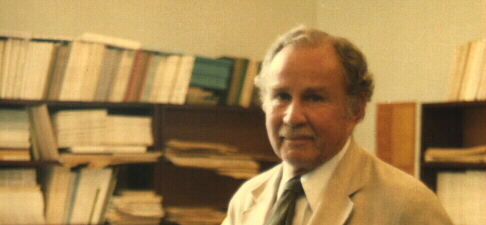K and I went on a hike on Saturday. (For clarity’s sake I should say that K is my wife and “K” is her initial. She is not to be confused with the protagonist of Kafka’s The Castle. “I” meanwhile, is a pronoun and not an initial. I = I, and also me. But I digress.) Our home, Issaquah, Washington, is decidedly suburban, but with the uncommon advantage of abutting the Cascade mountains. Every exit along I-90 offers numerous gorgeous hikes in both directions, none – at least that I’ve yet encountered – more stunning than the one leading to Melakwa Lake.
Melakwa Lake
You get there by taking exit 47, which offers the opposite of a Hobson’s choice. If you turn right you’re on your way toward Annette Lake, itself a delightful destination whose course passes by McClellan Butte, which I think must be named for Union General George B. McClellan. In the 1850s the first governor of Washington Territory, Isaac Stevens, arranged for a survey of a potential transcontinental railroad route from St. Paul, Minnesota to the Puget Sound. Stevens and his party scouted west from their starting point along the Mississippi River while McClellan led a company around both sides of the Cascades, seeking the best way through north of the Columbia River. Since Ken Burns’ PBS special on The Civil War, it’s been all too easy to treat McClellan as a joke, though he probably deserves better. His stellar career in the pre-war military as an engineer led him to a vice-presidency of the Illinois Central Railroad, and his disappointing but by no means disastrous tenure as commander of the Army of the Potomac set McClellan up as the Democratic candidate for President in 1864, when he won a respectable 45% on the vote in the loyal Union states. He shouldn’t be a ridiculous figure. And yet, if you read the account of McClellan’s half-hearted and decidedly incomplete efforts to discover the best pass through the Cascades, including his patented whining and suspicion about his superior’s competence and motives, it’s hard not to laugh at least a little at this brittle and prickly man. Though he did divine the pass – Snoqualmie – that would ultimately offer the most direct route to the Puget Sound, he didn’t actually complete the trek across it and thus confirm that there was a reasonable way through. I’ve never been able to determine for certain that McClellan Butte is actually named for George, but it would be a tremendous coincidence if it weren’t. I like to think that it marks the point of his maximum progress from the west, only five miles or so from the summit. That’s the McClellanite condition in a nutshell: close, but not close enough.
But don’t go that way. Turn left instead and drive to the trail head that will take you rather spectacularly under a high and lengthy I-90 overpass

If I ever make a Pacific Northwest version of Mad Max, I’m setting a scene here.
until you reach the Denny Creek waterfalls, a rocky playground that serves as the setting for one of the sadder scenes in Garth Stein’s The Art of Racing in the Rain. One weird facet of living in the Seattle area is that not only are there so many published authors here, but a striking number of their books take place in the greater Seattle area. It gets difficult to go anywhere without thinking of a pertinent passage. The stage is thus set for the meta-novel in which many of these fictional characters meet in a unified narrative Seattle and fight it out. But the dozens of kids and adults playing around these waterfalls don’t for the most part know anything about all that. They’re just playing in the water in the woods, the way people in the Pacific Northwest do.
Don’t stop there. Another mile or so up the trail the pines and firs part, revealing a much grander waterfall across a chasm. Don’t stop there either. Carry on up the steeper trail through a hemlock woods to the top of the pass, then descend a steady half mile to a crystal clear green lake cradled by a series of rocky crags. The first time I visited Melawka Lake I wondered how Native Americans had made use of such a beautiful area before European settlers arrived. From my reading since, including Coll Thrush’s Native Seattle, I’ve come to appreciate what should have been obvious, namely that the tribes stayed close to the plentiful food offered by the sound and its tributary rivers. Alpine lakes like Melawka, though beautiful, wouldn’t have provided enough sustenance for lengthy settlement, particularly in the winter. Still, the people living in the area wouldn’t have missed this spot. Surely they hiked miles out of their way sometimes just to experience it. The newest non-invasive archaeological techniques may reveal some interesting finds someday. Or maybe the lake’s visitors will continue being too busy experiencing it to study it. It’s a hard place to do anything but be.
And that’s the news from Lake Melakwa. This is the Philosophy Bistro, so I usually try to draw some sort of lesson. Not this time. The lack of lesson is the lesson. It’s Labor Day weekend, which we usually celebrate by trying not to labor. K and I climbed up from Denny Creek to sit together on the bank of a mountain lake. We didn’t have a reason and didn’t want one. I hope your weekend was as lovely as ours.
Photo credits: monkeypuzzleblog.com, tmber.com



